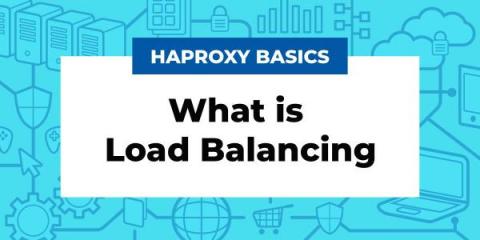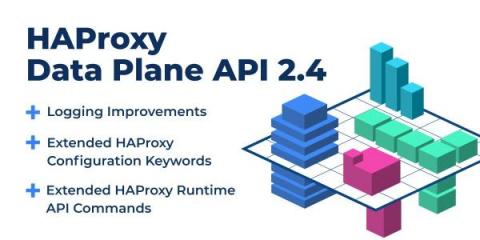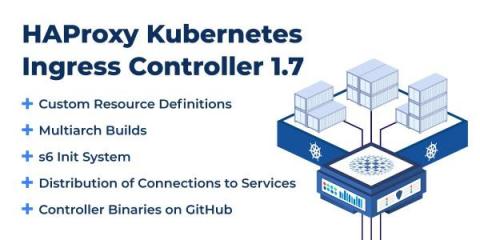Load Balance an Infinite Number of Servers And Never Reload HAProxy
Every load balancer you’ll find on the market must deliver performance, reliability, scalability, and security, and do it better than its competitors. Each must solve complex programming challenges that address those needs—choices that will affect the direction of the project for years to come. HAProxy is no different. When evaluating whether you should choose HAProxy or something else, it helps to know how project contributors answered the big, architectural questions.











